9+ Manageable Ways to Cut Business Costs
The surest way to increase business profit, in the long run, is by cutting costs in business. While the logic behind this is easy enough to understand, the process of cost reduction isn’t as straightforward. Perhaps this is why many entrepreneurs don’t know how to control the total expenses incurred in a company.
A business is only as good as its cash flow, so every owner needs to know how much money they are spending and where that money is going. Keeping track of expenses can be a daunting task, but there are some manageable ways to cut business expenses without sacrificing your bottom line.
Whether you’re a business expert or are just starting, this article will help you better understand business expenses and effective ways to reduce business expenses. In this article, you’ll learn about cutting business expenses, tax deductions, and making better managerial decisions.
What are Business Expenses?
Business expenses refer to any business-related expenditure. These ordinary and necessary expenses could be for materials, activities, and tools related to business. They also include taxes, mortgage interest, insurance premiums, office expenses, bank fees, services, and other bills (utility, phone, internet bills, etc.).
Entrepreneurs know that common business expenses are not restricted to purchases or operational costs. Business-related expenses include salaries, employee training, employee benefit programs, and professional development opportunities. You may need to spend money before accumulating income within the company.
Sometimes, business expenses will be negligible (e.g., business cards), but you may also find yourself spending a lot of money on total failures (e.g., business software that never gets used, projects that don’t pay off, etc.) to learn and grow.
What About Personal Expenses?
Business and personal expenses can be hard to separate. Private expenditures can include business-related costs like work-appropriate clothing, gifts for staff, and business travel expenses. Some of these may be related to client interactions, like formal dinners with investors or lunch meetings with potential customers.
How Do You Separate Personal and Business Expenses?
While business and personal costs may overlap, entrepreneurs need to separate different business expenses from one another. It may not be easy, but there are a few ways to distinguish business costs from personal ones:
- Use business accounts for business transactions
- Only use business credit cards for business transactions
- Only use business money for business purchases
Why is Business Expense Control Important?
For a business to remain profitable and sustainable, expenses must be controlled.
A business owner’s main objective is to make money; you should be fighting for success, not failure. Thus, there is a need to control personal and business expenses to mitigate failures and even scale or expand in the future. Since costs are the first things that get reduced in tough times, you should prioritize business income by cutting unnecessary expenses.
Essential Business Expense Categories for Startups
A business expense is a cost you incur to start a trade or business and generate revenue. By organizing all these business startup costs in categories, you can efficiently create budgets, file taxes, and maintain accurate books. Many business expenses are fully tax-deductible, which helps small business owners with tax returns when time runs out.
Here’s a list of common business expense categories:
1) Startup business expenses
- Accounting fees — You need to keep track of income and small business expenses. To do this, you can use cloud accounting like QuickBooks, an expense tracker app, or expense business accounting software.
- Accounting service providers — Small businesses are better off paying a monthly subscription fee for all accounting services for tax deductions and tax advantages, negotiating ongoing credit lines, and generally overseeing small business expenses.
- Legal business structures or organizational costs — LLCs, Sole Proprietor, etc.
- Business contracts — Sale agreement, employment contracts, etc.
- Rent expense for business or home office — If you start a business from home, make sure you separate your personal expenses from your business expenses.
- Office equipment and furniture used for business purposes
2) Operating business expenses
- Wages — Salary for the business owner(s) and employees
- Payroll tax expenses — Social security, Medicare, workers compensation insurance, etc.
- Business marketing expenses — Paid ads, business cards, promotional gifts for your customers, etc.
- Business insurance — Protect business assets from pertinent risks and losses when conducting business. Be well-versed in business liability insurance, property insurance, etc.
- Transportation expenses
- Business events/ seminars/ conferences
- Lawyer fees
3) Business development business expenses
- Educational business training programs
- Expenses for business training programs
- Business development classes
- Business coaching or mentoring fees
- Professional business association fees — It’s important to be part of a business community, so you can learn from the mistakes of others and improve your own business.
Learning to Navigate the Tricky Business of Cost-Cutting
When you search for tips on reducing operating expenses in business, you’ll find that most cost-saving strategies are drastic or complicated. It’s probably because these sources contain cost-cutting ideas for large companies rather than small businesses or self-employed individuals.
Apart from being hard to follow, these tactics can negatively affect your business. The good news is that strategies to cut business costs don’t have to be too elaborate. The more straightforward and convenient your approach is, the easier it is to stay committed.
Here are effective strategies in reducing business costs:
1. Arrange work-from-home schedules.
According to Global Workplace Analytics, 56% of the workforce consists of jobs that can be done at home at least partly, and 82% of employees surveyed during the pandemic said they want to continue working remotely.
Remember that office real estate takes a huge chunk of one’s business expenses. Whether you rent or own your working space, you also need to account for utilities, furniture, and supplies. Think about how big of a difference it would make if your team had work-from-home days!
Apart from the savings you can make in ordinary and necessary office space expenses and utilities, you can also expect higher productivity among employees when you let them work remotely. When telecommuting is an option, employee morale and job satisfaction increase among workers.
2. Take better care of current customers.
Many entrepreneurs concentrate their marketing efforts on new customers. However, campaigns towards new customers can be costly. Remember, you promote your product or service to an audience that probably doesn’t know you yet.
If you want to save costs, funnel a good portion of your marketing funds towards existing customers instead. Long-time customers are highly likely to spend more and recommend a brand to others. So, rather than cooking up gimmicks to attract new people, concentrate on how to make your current shoppers happier. Prioritize them for freebies and discounts and offer exclusive perks to high spenders.
3. Outsource specialized and non-core tasks.
Hiring more people as your business grows is inevitable. However, paying for substandard work output or non-core staff shouldn’t be one of your main expenses.
Outsource admin chores and specialized tasks such as marketing and bookkeeping. When you do, you still get the job done without having to spend as much time and money as you would in traditional employment. Remote staffing is also the most feasible way to expand your team without having to expand your office space or blow up your utility bills. As a business owner, especially a small business owner, it’s good to outsource tasks to remote staff because it’s an easy and effective way to reduce a major business expense.
4. Identify the money leakers.
Reducing business expenses does not mean you’ll be cutting business essentials such as office supplies, insurance, and marketing. You’ll still need to pay for permits and phone lines for business use. However, if the business needs it and the budget can allow for such expenditure, you might want to upgrade your office equipment (e.g., phone systems and PCs). Be sure to give yourself a goal and stick to it. For example, set business goals for upselling within six months or a year so you can afford the business expense.
5. Use business-friendly technologies.
You can also save on capital expenses by using business-friendly technology that helps you streamline operations and cut costs. Take advantage of software and tools for your trade or business needs, including accounting software for invoicing and payments, marketing automation, HR management, fully integrated webinar solutions, project management solutions, customer relationship management (CRM) software, business intelligence, and analytics.
Here are some tips on how to use business-friendly technologies effectively:
- Employ business process automation tools such as automated email responders and workflows. These can help you free up time for other projects while your business processes are running smoothly.
- Work with business intelligence software to get actionable insights from your data. This can help you transform intelligence into business success.
- Streamline manual business processes with a workflow management tool. This can help you monitor business KPIs, manage activities, and keep track of business operations across your organization or team.
6. Set up a rewards program for employees and customers.
You’ll get more mileage by giving back to the people who have helped you grow. If you have an employee rewards program, show them how much they mean to your business. You can give customers something valuable to their career growth, such as education or consulting. A business rewards program can generate customer loyalty and brand advocacy while giving your company a competitive edge over the market. And with a business rewards platform, you get a systemized way of managing all types of recognition and reward programs for your business, fulfilling employee and customer loyalty missions, increasing business productivity and revenue.
7. Go paperless.
Going paperless helps you reduce business expenses and gives your business a green image that will win the trust of environmentally conscious customers. That’s because going paperless not only eliminates business supplies but also decreases energy use. Having an online business can help cut business costs like office supplies, energy use, and business property, including equipment and office space. Plus, it also reduces business travel expenses through virtual meetings with clients without having to go there physically.
8. Keep track of business analytics.
Monitor your financial metrics through the month to keep up with records of business profits and losses. This will give you a business intelligence edge that can help your business grow more than the competition.
9. Invest in customer service strategies.
Customer service is one of the most critical aspects of any business, but it’s also the easiest to get wrong—and ultimately, lose business over. The key is to have a business strategy in place that can help you provide customers with user-friendly business technology, education, and consulting.
10. Improve business processes.
Implement business process improvement strategies that ensure you get the most out of them. This means that it needs consistent monitoring and progress reporting from every employee in your organization.
11. Watch business expenses like a hawk.
Compare business expenses to business revenue every month, and make sure you know where you can cut costs without sacrificing growth. This gives you an edge over the competition by showing you how to run your business most profitably.
What Costs Can Be Written Off as a Business Expense?
The government considers business expenses as tax-deductible. Entrepreneurs can write off deductible business expenses that are necessary for operations. However, the expenses incurred must be reasonable, used to conduct business, and customary in your industry or line of business.
Here are some examples of tax-deductible business expenses:
- Office supplies
- Equipment depreciation (for certain types)
- Business meals
- Work-related expenses or business travel
- Work-related car use
- Business insurance
- Home office expenses
- Phone and internet expenses
- Business interest expense and bank fees
- Professional service fees
- Salaries and benefits
- Education
- Charitable contributions
- Investments
- Foreign-earned income exclusions
- Real estate taxes
- Medical expenses
- Mortgage interest
- Retirement contributions
- Client and employee entertainment
- Advertising
You can deduct business expenses in the business’s tax return or schedule. For self-employed business owners and employees, you can claim business expenses on a business Schedule C.
In a nutshell
Managing your business expenses is a tricky task. Training yourself to understand the difference between personal and business expenses and how to separate them to maintain accurate records for tax purposes should be one of your top priorities.
Ready to make your business life easier and more organized? Schedule a free call with us today to get a free quote.















